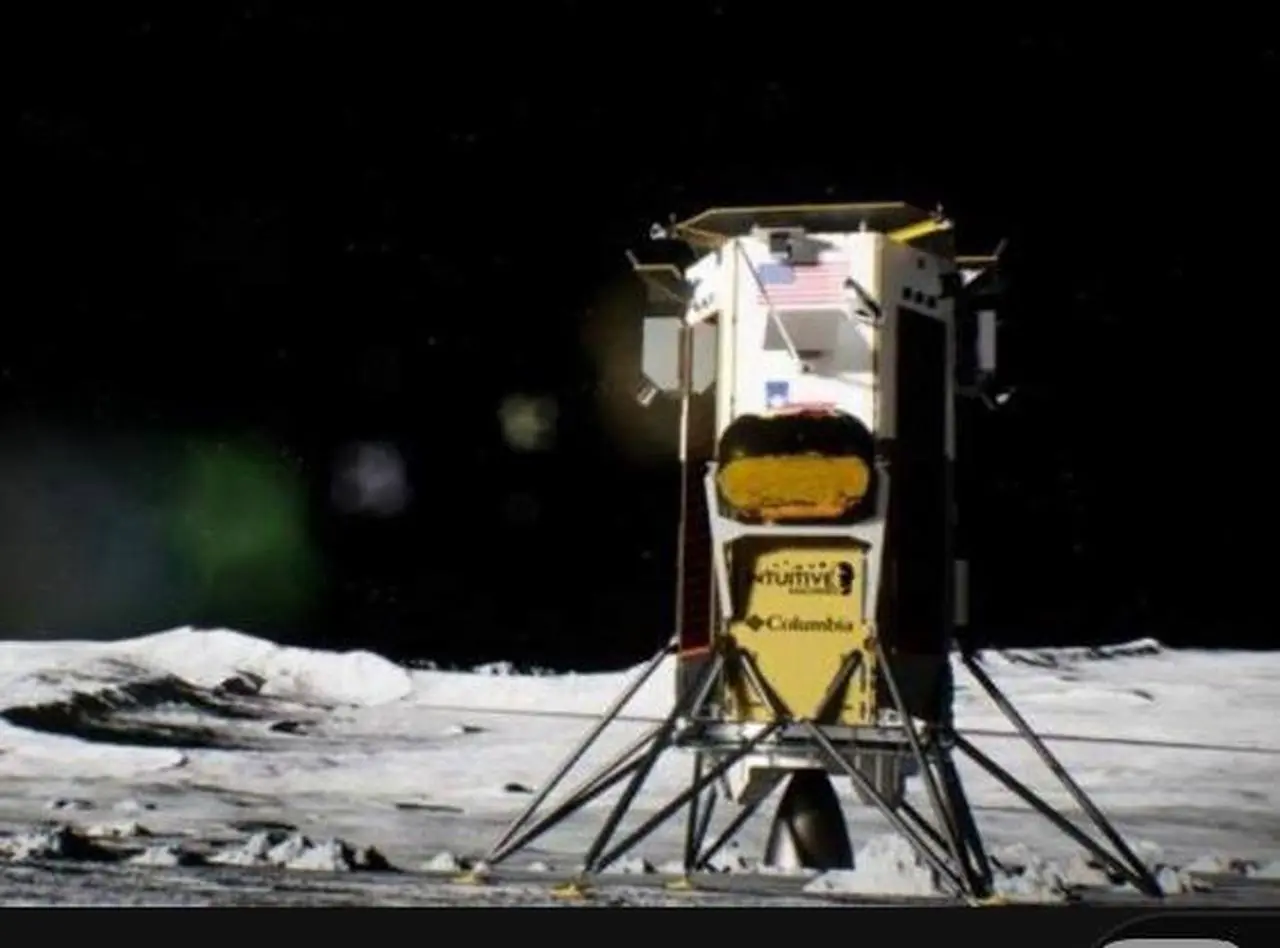By Blessing Nweke
The Odysseus Moon lander, a groundbreaking achievement in private space exploration, finds itself in an unexpected position after making history with a soft lunar touchdown. Texan firm Intuitive Machines, the proud owner of the spacecraft, has confirmed that Odysseus is likely lying on its side, with its head resting against a rock. Despite this unusual predicament, the lander remains in good condition and is actively communicating with Earth.
Steve Altemus, CEO and co-founder of Intuitive Machines, provided insight into the situation, suggesting that the data indicates Odysseus may have caught a foot on the lunar surface before tipping over due to residual lateral motion during landing. While the exact cause remains unclear, Altemus expressed optimism about the mission’s continued operations.
The scientific instruments aboard Odysseus, crucial for conducting lunar observations, are fortunately positioned on the side of the lander conducive to their intended tasks. However, an art project payload may be situated on the “wrong side,” facing downward toward the lunar surface.
Efforts are underway to retrieve images and assess the structural integrity of the lander, with Altemus emphasizing the team’s excitement over the operational capabilities despite the tilting. Additionally, controllers are eager to analyze the external equipment and ensure its functionality.
Odysseus was directed to a cratered terrain near the Moon’s south pole, with Intuitive Machines believing it came remarkably close to the targeted site, potentially within a couple of kilometers. Confirmation of its precise location will be provided by the US space agency’s Lunar Reconnaissance Orbiter in the coming days.
This mission is part of NASA’s Commercial Lunar Payload Services (CLPS) program, wherein private American companies are contracted to provide transport services to the Moon. Odysseus’s journey comes with a price tag of $118 million, showcasing the increasing involvement of the private sector in space exploration.
Despite setbacks experienced by other CLPS participants, including the recent failure of Pittsburgh-based Astrobotic’s Peregrine lander, Intuitive Machines remains steadfast in its commitment to lunar exploration. The company has two additional missions planned for 2024, including one involving a robot drill to penetrate the lunar surface.
Looking ahead, Firefly Aerospace, another Texan company, is poised to embark on its lunar mission in the coming months, further demonstrating the burgeoning lunar economy envisioned by NASA through its CLPS initiative. This collaborative effort seeks to advance scientific discovery while fostering commercial opportunities in space exploration.



Leave a Comment